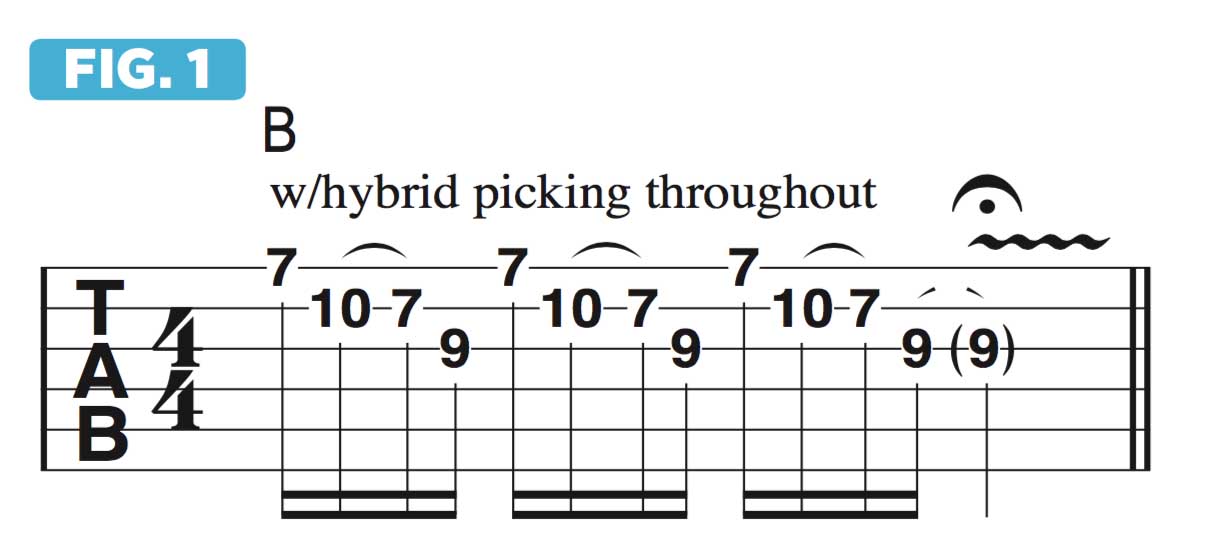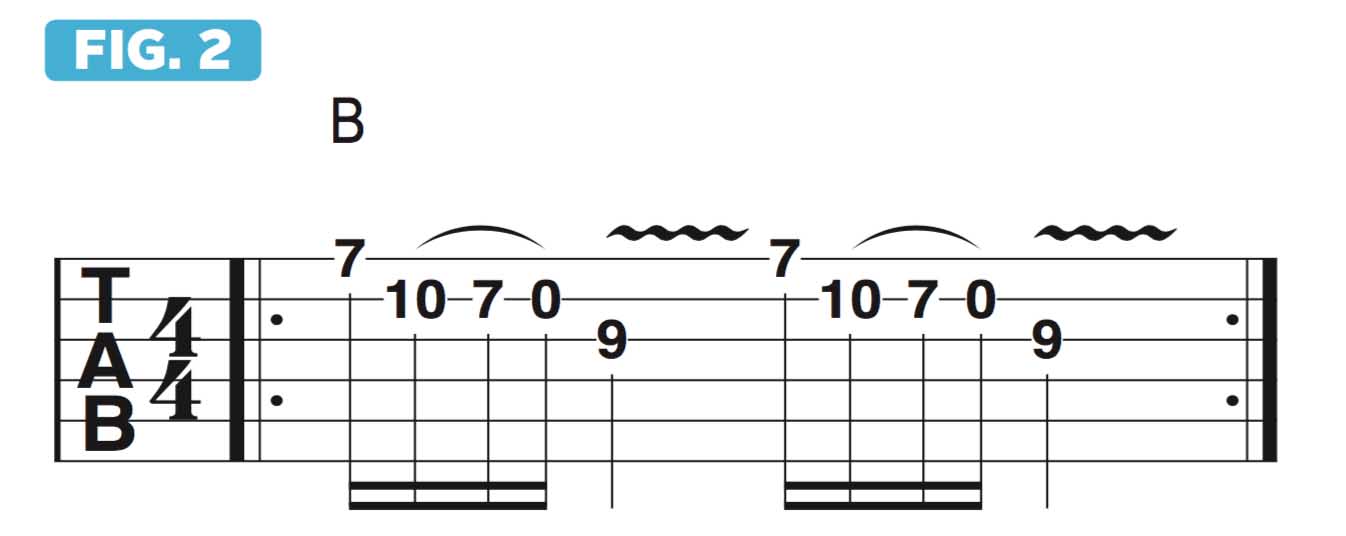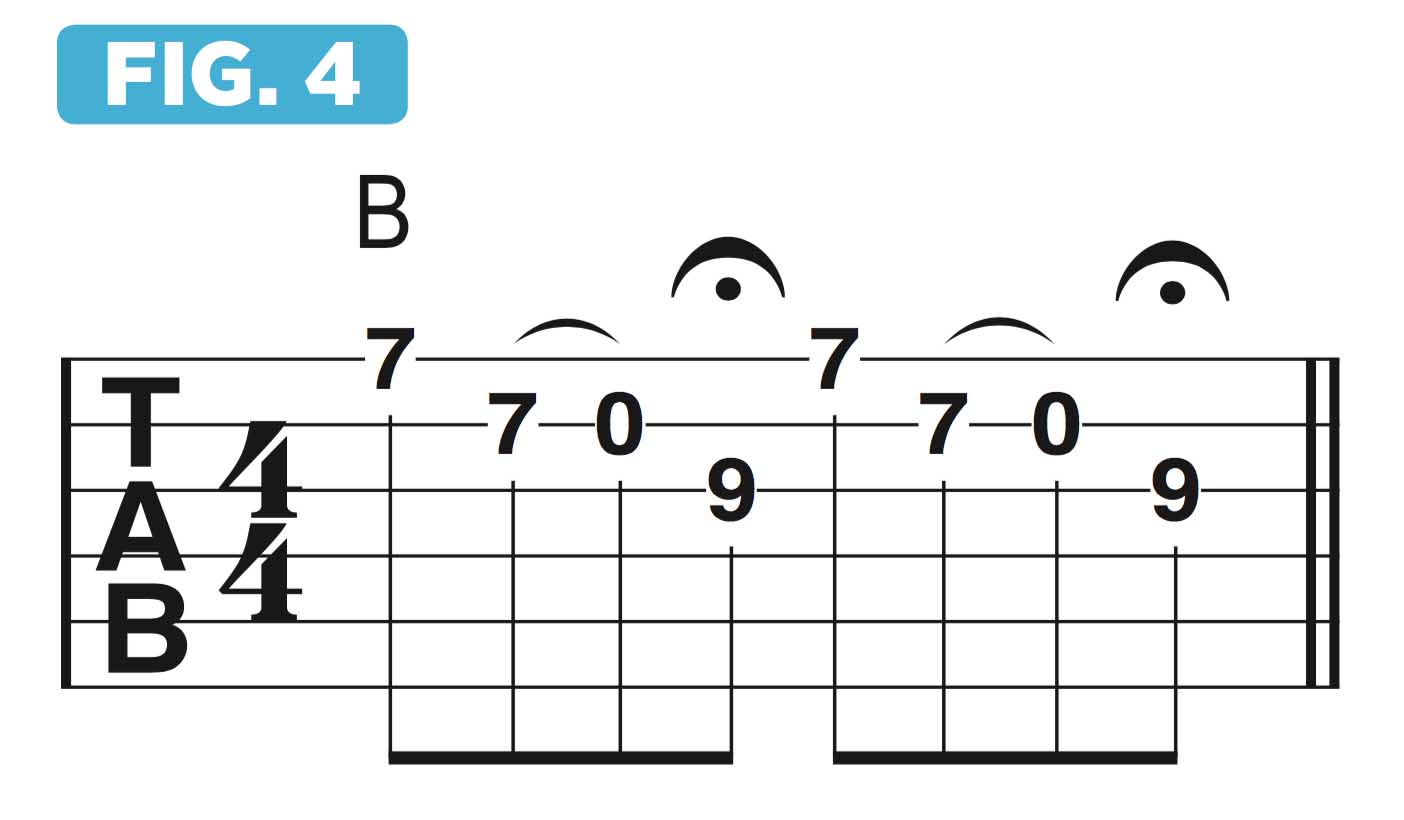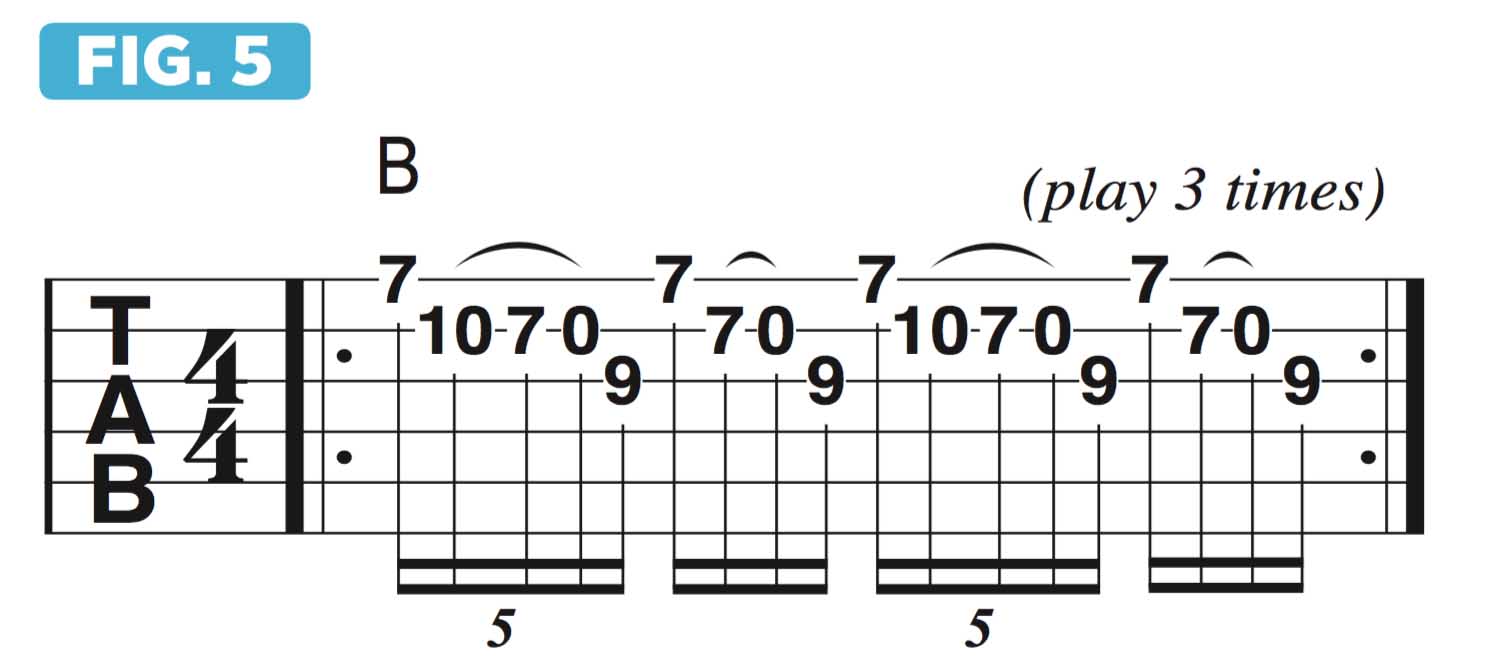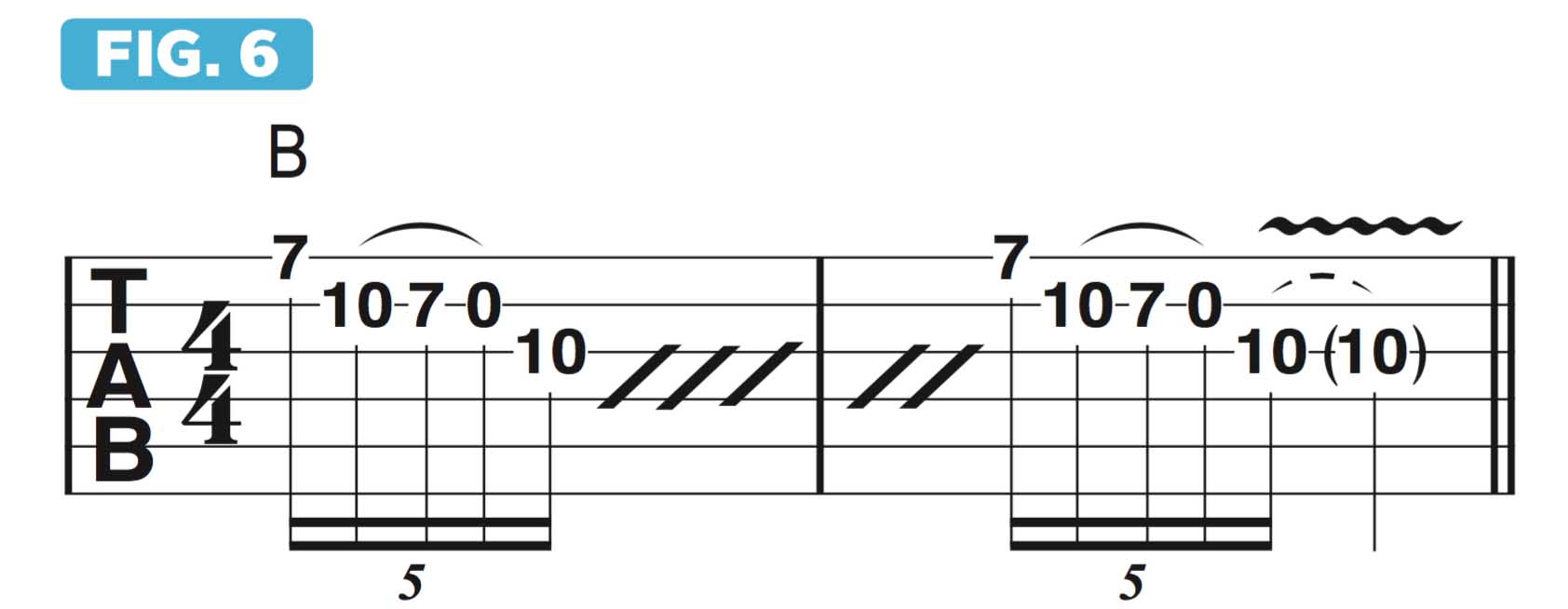How to use alternating four- and five-note patterns to add intrigue to your solos
Vinnie Moore shares his approach to adding a taste of the unexpected when playing lead guitar

One of my favorite techniques when soloing is to incorporate unusual and unexpected pull-offs to open strings in the midst of what otherwise sounds like normal blues-rock-style phrasing.
The addition of an unexpected open string accomplishes two things: one, the given phrase is suddenly one note longer, so a four-note phrase becomes a quintuplet; another is that this open string provides a melody note that can, when used properly, sound like it comes from out of nowhere.
I first discovered ideas like this from studying Eddie Van Halen’s playing, specifically evident on such tracks as Eruption and I’m the One, and soon began to develop similar ideas of my own. Let’s start in the key of B with phrases based on the B minor pentatonic scale.
The notes of B minor pentatonic are B, D, E, F#, A; intervallically speaking, this equals 1(root), b3, 4, 5, b7. Most people are well familiar with a lick like the four-note descending line shown in Figure 1. The twist is that I like to add the open B string into the mix, via a double pull-off from A to F# to B on the 2nd string.
In Figure 2, I alternate this pattern with the four-note sequence illustrated in Figure 1.
When you cycle the quintuplet pattern that includes the pull-off, as demonstrated in Figure 3, the result is a fast barrage of notes that is both rhythmically and melodically compelling.
Articulation-wise, I like to perform these kinds of phrases with hybrid picking, combining fingerpicking and flatpicking, and in these examples I pluck the high E string with my middle finger and sound the rest of the notes with a combination of picked downstrokes and pull-offs.
All the latest guitar news, interviews, lessons, reviews, deals and more, direct to your inbox!
A cool variation is to keep the pull-off to the open B string but shorten the phrase by one note, which results in B, F#, B, D, as shown in Figure 4.
I’ll then alternate between the five- and four-note variants, as demonstrated in Figure 5. The quick switch between five and four notes gives the phrase a random, synthesizer-like feel. Now that you have the idea, you can easily change the tonality a little bit by changing one of the notes.
In Figures 6 and 7, I replace the 4th, E, with the flatted 5th, F. Play this phrase in fast repeating sequences, just as we had done in Figures 3 and 5.
The next step is to move the pattern around the neck diatonically, staying for the most part within the structure of B minor pentatonic.
In Figure 8, I randomly move up and down the fretboard, using the various notes of B minor pentatonic, sounded on the high E string, as new starting points.
You can move this idea anywhere you like, as illustrated in Figure 9.

